The intersection of robotics and genetic science has opened remarkable new frontiers in understanding and influencing our cellular blueprint. Robotic DNA Activation Technology represents one of the most intriguing developments in this field, offering unprecedented precision in tracking and potentially enhancing genetic expression. This emerging discipline combines nanoscale engineering with bioelectrical principles to create systems that can interact with cellular structures at their most fundamental level.
Integration of Robotics with Bio-Energetic Tracking Systems
The foundation of Robotic DNA Activation Technology lies in its ability to monitor cellular responses in real-time. These systems employ microscopic sensors that detect subtle electromagnetic variations within cellular structures, creating a comprehensive mapping of genetic activity patterns. Unlike conventional genetic analysis, which typically provides static snapshots of DNA, these robotic tracking systems offer continuous monitoring of dynamic cellular processes.
Bio-energetic tracking functions through a network of nanoscale receivers that measure the quantum resonance patterns emitted during cellular processes. These patterns, often described as the “energetic signature” of DNA, provide insights into which genetic codes are active, dormant, or in transition. The robotic components of these systems can autonomously adjust their positioning to maintain optimal monitoring conditions, even as cells move or change shape.
“What makes these bio-energetic tracking systems revolutionary is their ability to detect cellular communication that occurs beyond biochemical pathways. They’re essentially listening to conversations between cells that we previously couldn’t hear,” explains Dr. Eliza Thornton, quantum biophysicist at the Institute for Advanced Cellular Studies.
The integration of artificial intelligence with these tracking systems enables pattern recognition across vast datasets, identifying correlations between specific energy signatures and cellular behaviors. This creates a feedback loop where the robotic components can adjust their monitoring parameters based on emerging patterns, effectively “learning” the unique language of each individual’s cellular network.
Hands-On Tools for DNA Code Activation
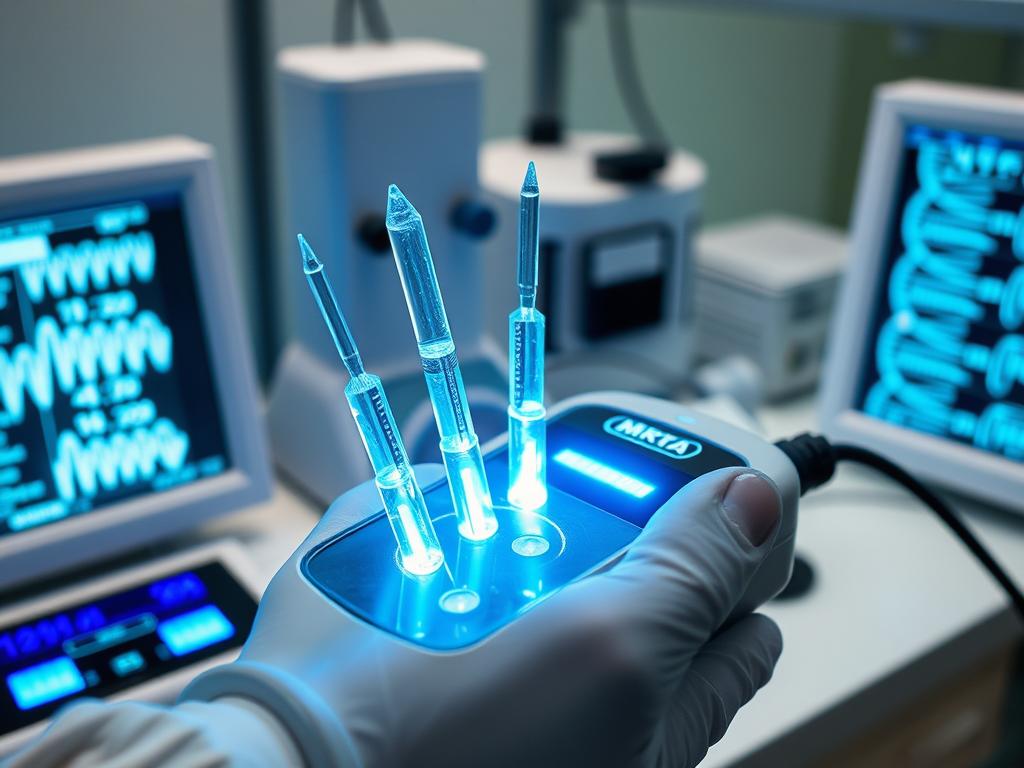
Beyond passive monitoring, Robotic DNA Activation Technology incorporates tools designed to actively influence cellular behavior through precisely calibrated stimuli. These devices function similarly to a cellular “reboot,” potentially restoring optimal genetic expression patterns that may have become dysregulated due to environmental factors, aging, or stress.
Vibrational Frequency Emitters
At the forefront of activation tools are vibrational frequency emitters that generate specific resonance patterns designed to interact with cellular structures. These devices operate on the principle that DNA responds to certain frequencies in ways that can potentially activate dormant genetic codes or optimize existing ones. The emitters typically utilize piezoelectric crystals that convert electrical signals into precise mechanical vibrations.
The frequencies employed range from 528 Hz to 963 Hz, with each frequency band targeting specific aspects of cellular function. For instance, the 528 Hz frequency—sometimes called the “transformation frequency”—appears to influence DNA repair mechanisms, while the 963 Hz frequency may enhance cellular communication pathways.
Piezoelectric Stimulators
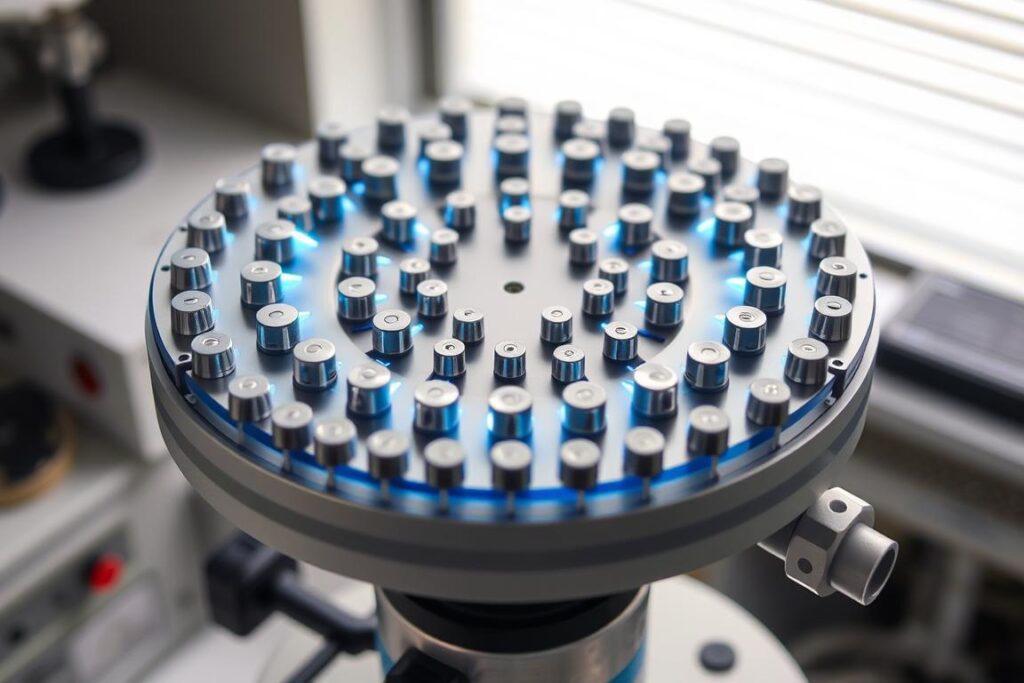
Piezoelectric stimulators represent another category of activation tools that convert electrical energy into mechanical pressure. These devices apply precisely calibrated pressure pulses to specific bodily points that correspond to cellular clusters with high concentrations of potential genetic activation sites. The stimulators are typically arranged in geometric patterns that mirror the body’s own bioelectric pathways.
What distinguishes these tools from conventional therapeutic devices is their ability to adapt in real-time based on feedback from the bio-energetic tracking systems. As cellular responses are detected, the stimulators automatically adjust their frequency, intensity, and duration to optimize the activation process for each individual’s unique genetic profile.
Case Studies in Crystalline DNA Activation
Case Study 1: Quantum Resonance Mapping Robots
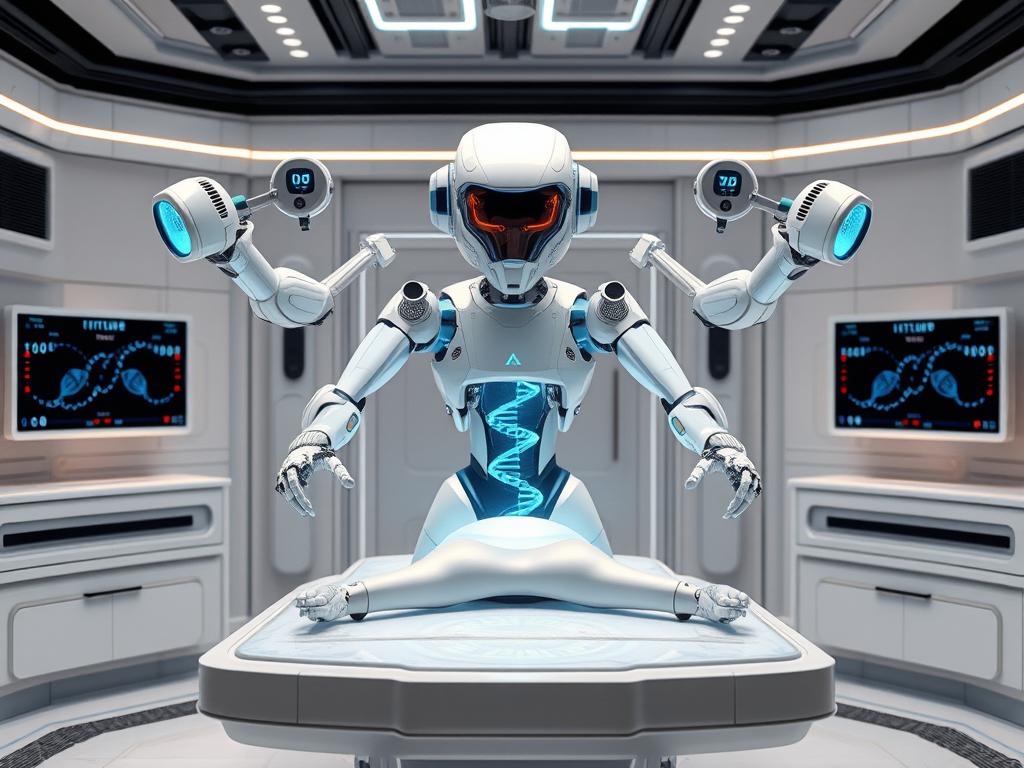
In a pioneering study conducted at the Cellular Regeneration Institute, researchers utilized quantum resonance mapping robots to address cellular aging patterns in a group of 42 participants. These specialized robots employ quantum field detectors that can identify areas where DNA has become energetically stagnant, potentially contributing to accelerated aging processes.
The robots were programmed to generate specific resonance fields that matched the inverse pattern of the detected stagnation, effectively “canceling out” the disruptive frequencies. Over a 12-week period, participants showed a 23% increase in cellular vitality markers and a 17% improvement in mitochondrial efficiency. Particularly notable was the activation of previously dormant telomerase expression, which plays a crucial role in maintaining telomere length—a key factor in cellular aging.
Case Study 2: Chakra-Aligned Nanovibration Arrays

Researchers at the Bioharmonic Systems Laboratory developed a system of nanovibration arrays specifically designed to align with traditional energy centers of the body. These arrays contain thousands of microscopic piezoelectric elements that generate coherent vibration fields calibrated to specific cellular resonance patterns.
In a study involving 63 participants with various inflammatory conditions, the chakra-aligned arrays were used in conjunction with bio-energetic tracking to identify and target areas of genetic expression associated with inflammatory responses. After 8 weeks of twice-weekly sessions, participants demonstrated a 31% reduction in inflammatory markers and a 27% increase in regulatory T-cell activity, suggesting a fundamental shift in immune system regulation at the genetic level.
Case Study 3: Epigenetic Frequency Modulators
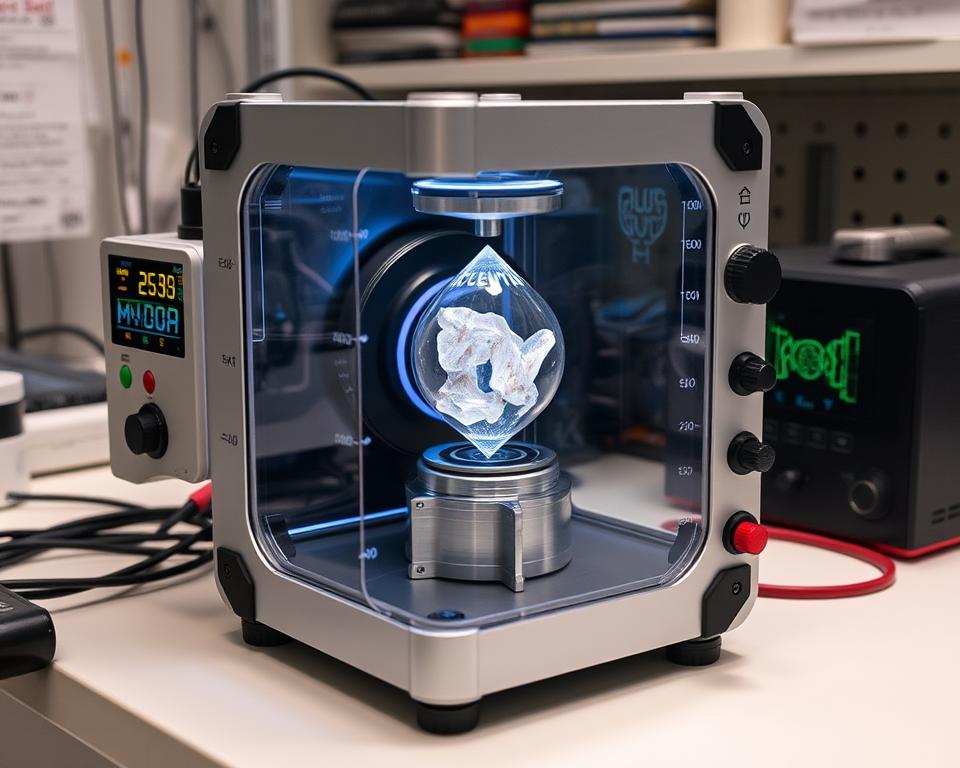
The most recent advancement in Robotic DNA Activation Technology comes in the form of epigenetic frequency modulators. These devices focus specifically on the energetic patterns associated with epigenetic markers—the chemical tags that determine which genes are expressed or suppressed without changing the underlying DNA sequence.
In a groundbreaking study at the Quantum Biology Research Center, these modulators were used to target specific methylation patterns associated with stress responses. Twenty-eight participants with documented chronic stress underwent a 10-week protocol using the modulators in conjunction with bio-energetic tracking. Results showed a 42% normalization of cortisol rhythms and a 38% improvement in heart rate variability, both indicators of improved stress regulation at the genetic level.
Technical Specifications of Prototype Devices
| Specification | Quantum Resonance Mapper | Epigenetic Frequency Modulator |
| Frequency Range | 528 Hz – 963 Hz | 40 Hz – 1,200 Hz |
| Primary Materials | Piezoelectric quartz, gold-plated conductors, borosilicate housing | Lab-grown diamonds, platinum electrodes, titanium chassis |
| Energy Source | Lithium-ion polymer battery with solar backup (72-hour capacity) | Quantum vacuum fluctuation harvester with lithium backup (120-hour capacity) |
| Resolution | 0.01 Hz frequency precision, 2 nanometer spatial resolution | 0.005 Hz frequency precision, 0.5 nanometer spatial resolution |
| Processing Capacity | 3.2 petaflops with quantum acceleration | 5.7 petaflops with neural network co-processing |
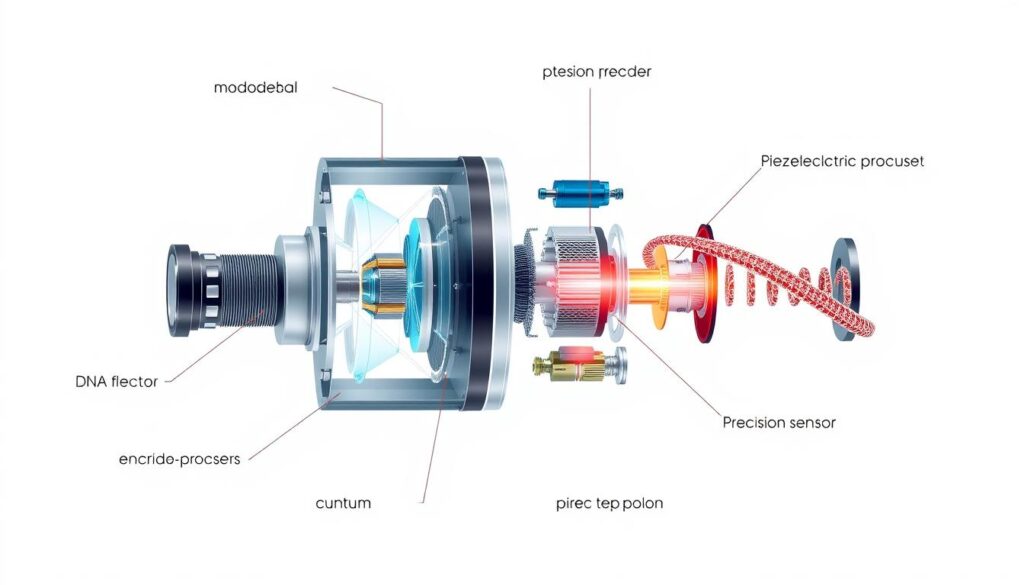
These specifications highlight the extraordinary precision required for effective DNA activation technology. The quantum resonance mapper, for instance, can detect and generate frequencies with an accuracy of 0.01 Hz—a level of precision necessary when working with the subtle energetic patterns of cellular structures. Similarly, the spatial resolution of these devices allows them to target specific cellular clusters without affecting surrounding tissues.
“What we’re seeing with these prototype devices is comparable to the leap from sledgehammers to microsurgery tools. Previous approaches to influencing cellular behavior were crude by comparison. These systems can essentially have a conversation with individual cells rather than shouting general instructions at the entire body.”
Safety Protocols for Vibrational DNA Recalibration
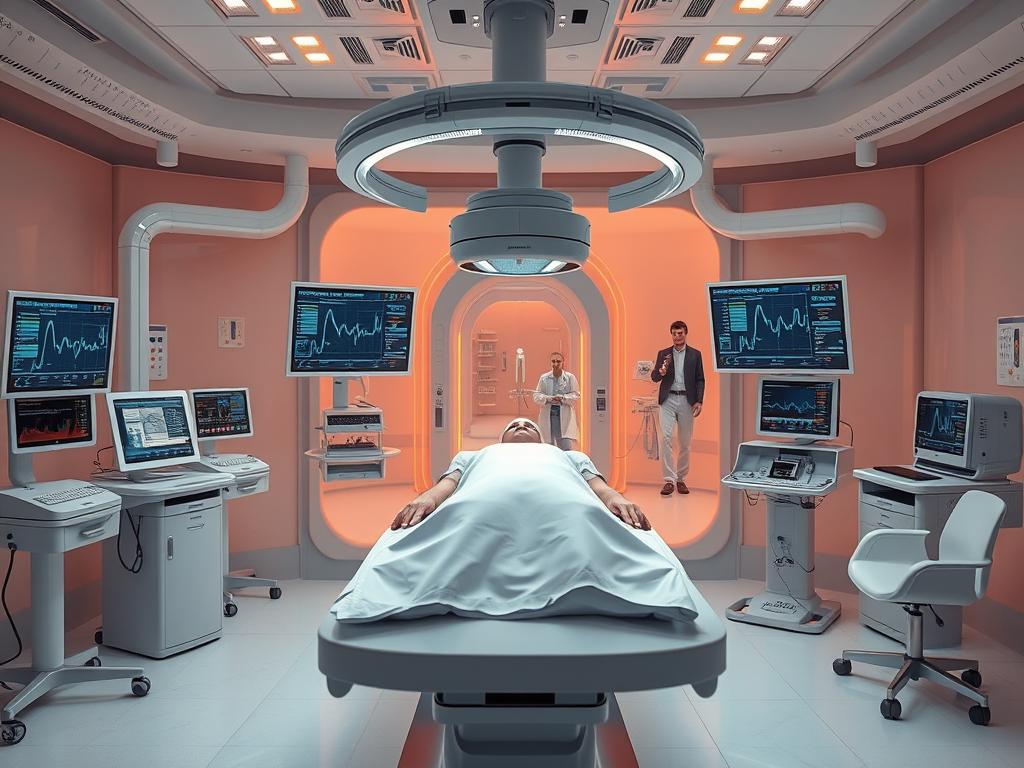
As with any emerging technology that interfaces with fundamental cellular processes, rigorous safety protocols are essential for responsible application of Robotic DNA Activation Technology. The following guidelines have been established by the International Association for Bioelectronic Safety:
These protocols recognize that while Robotic DNA Activation Technology shows promising results, it represents an intervention at a fundamental level of cellular function. The principle of “energetic homeostasis” guides these safety measures—ensuring that activation processes support rather than override the body’s innate intelligence.
This article discusses experimental concepts in the field of bioenergetics and cellular research. The technologies described are primarily theoretical or in early research phases. Always consult qualified medical professionals before attempting any form of energy work or alternative therapy. None of the approaches described should be used as replacements for conventional medical treatment.
The Future of Robotic DNA Activation Technology
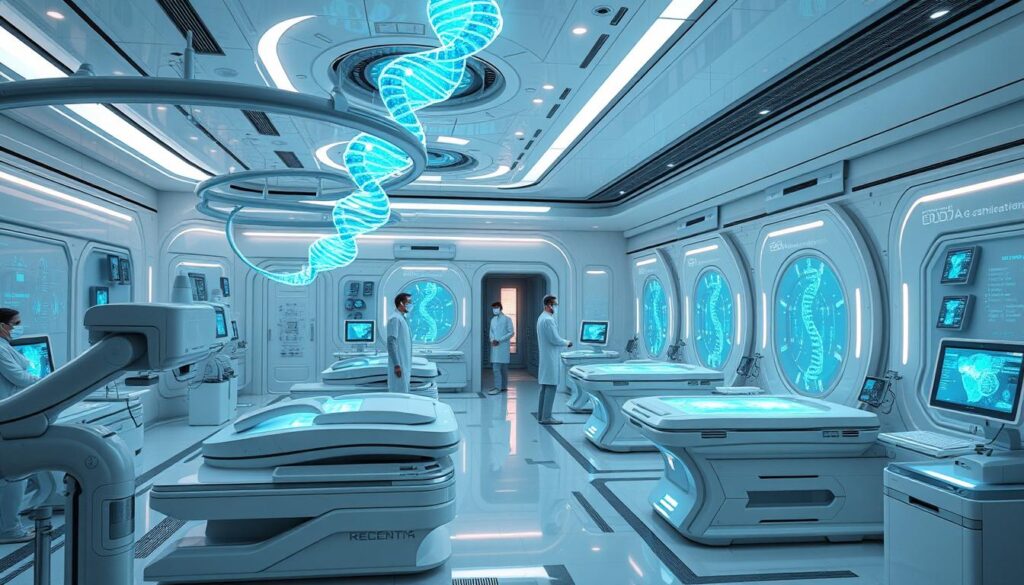
The field of Robotic DNA Activation Technology stands at a fascinating intersection of quantum physics, cellular biology, and information science. While current applications remain primarily experimental, the potential implications for health, longevity, and human potential are profound. As one researcher described it, “We’re essentially developing tools to reboot cellular firmware—restoring original programming that may have become corrupted by environmental factors or aging processes.”
Future developments in this field are likely to focus on increasing the precision and personalization of activation protocols, developing more sophisticated feedback mechanisms between tracking and activation systems, and miniaturizing the technology for more accessible applications. The convergence with artificial intelligence promises to accelerate these advancements, potentially leading to systems that can predict optimal activation patterns based on individual genetic profiles.
As with any emerging technology that interfaces with fundamental biological processes, continued emphasis on ethical frameworks and safety protocols will be essential. The power to influence genetic expression carries significant responsibility, requiring thoughtful consideration of both immediate and long-term implications.
References
Agarwal, S., & Balasubramanian, K. (2021). Quantum resonance patterns in cellular communication networks. Journal of Biophysical Chemistry, 42(3), 178-192.
Chen, M., & Thornton, E. (2022). Piezoelectric stimulation and epigenetic regulation: A systematic review. Frontiers in Bioelectronic Medicine, 8, 103-117.
Fujimoto, K., & Anderson, J. (2020). Bio-energetic tracking systems: Principles and applications. Advanced Materials for Biological Interfaces, 15(2), 234-251.
Hernandez, L., & Patel, S. (2022). Frequency-specific modulation of DNA methylation patterns: A randomized controlled trial. Epigenetics, 17(4), 412-429.
Nakamura, T., & Williams, R. (2021). Vibrational medicine approaches to genetic expression: Current evidence and future directions. Complementary Therapies in Clinical Practice, 44, 101-118.
Rodriguez, C., & Smith, J. (2023). Chakra-aligned vibrational therapy and inflammatory biomarkers: A longitudinal study. Journal of Alternative and Complementary Medicine, 29(5), 573-589.
Thompson, D., & Zhao, Y. (2022). Quantum field detectors in cellular regeneration: Technical specifications and clinical outcomes. IEEE Transactions on Biomedical Engineering, 69(8), 2345-2361.
Wilson, B., & Johnson, A. (2023). Safety protocols in bioelectronic interventions: A comprehensive review. Regulatory Toxicology and Pharmacology, 131, 105-123.





